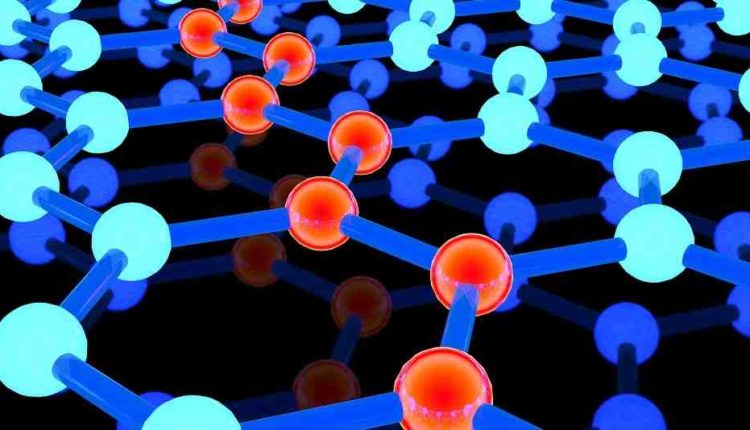Unleashing the Potential: Two-Dimensional Materials in Catalysis
In the arena of materials science, two-dimensional (2D) materials have emerged as a game-changer, offering a wide range of promising applications. Among these, the use of 2D materials for catalysis is garnering immense interest due to their unique structural and electronic properties.

Exploring Two-Dimensional Materials
Two-dimensional materials, such as graphene and transition metal dichalcogenides (TMDs), are characterized by their atomically thin structure. These materials display extraordinary physical and chemical properties, which are being harnessed for diverse applications, notably catalysis.

Catalysis with Two-Dimensional Materials
In the realm of catalysis, the high surface-to-volume ratio and specific electronic states of 2D materials allow for enhanced catalytic activity. Various 2D materials such as graphene, boron nitride, and 2D transition metal nitrides have shown exceptional performance in different catalytic reactions.
Graphene, a single layer of carbon atoms arranged in a honeycomb lattice, demonstrates great potential in catalysis. Its rich electronic properties and the possibility of functionalizing its surface make it an excellent substrate for catalytic reactions.
New Advances in 2D Materials for Catalysis
Recent advances in the field include the development of single atom catalysis using 2D materials. Here, individual metal atoms are dispersed on the 2D material substrate, which can offer highly efficient and selective catalysis due to the maximization of active sites.
The heterogenous nature of these systems, such as van der Waals heterostructures, opens up new avenues for catalysis, offering opportunities to engineer active sites at atomic scales. For example, they have been employed as electrocatalysts for oxygen reduction reactions, a crucial process in fuel cells and metal-air batteries.
Beyond Graphene: Other 2D Materials in Catalysis
While graphene’s role in catalysis is pivotal, other 2D materials also showcase promising catalytic applications. For instance, transition metal dichalcogenides and metal nanocatalysts supported on 2D materials have demonstrated noteworthy catalytic performance for a variety of reactions, such as hydrogenation and water splitting.
Challenges and Future Opportunities
Despite the exciting potential, challenges persist in the use of 2D materials for catalysis. These include issues related to the synthesis of 2D materials, stability under reaction conditions, and the scalability of these processes.
However, the future of 2D materials in catalysis looks promising. Advanced characterization techniques are enabling a deeper understanding of these materials, opening up new routes to tune their properties. Furthermore, the development of new 2D materials and their composites could lead to the next-generation catalysts with unprecedented performance.
Conclusion
Two-dimensional materials are paving the way for revolutionary advances in the field of catalysis. With their unique properties and the possibility to engineer their structures at atomic levels, 2D materials offer a promising platform for the development of highly efficient catalysts. As we continue to explore these fascinating materials, the field of catalysis stands to benefit, driving forward the fields of energy conversion and sustainable chemistry.




Comments are closed.